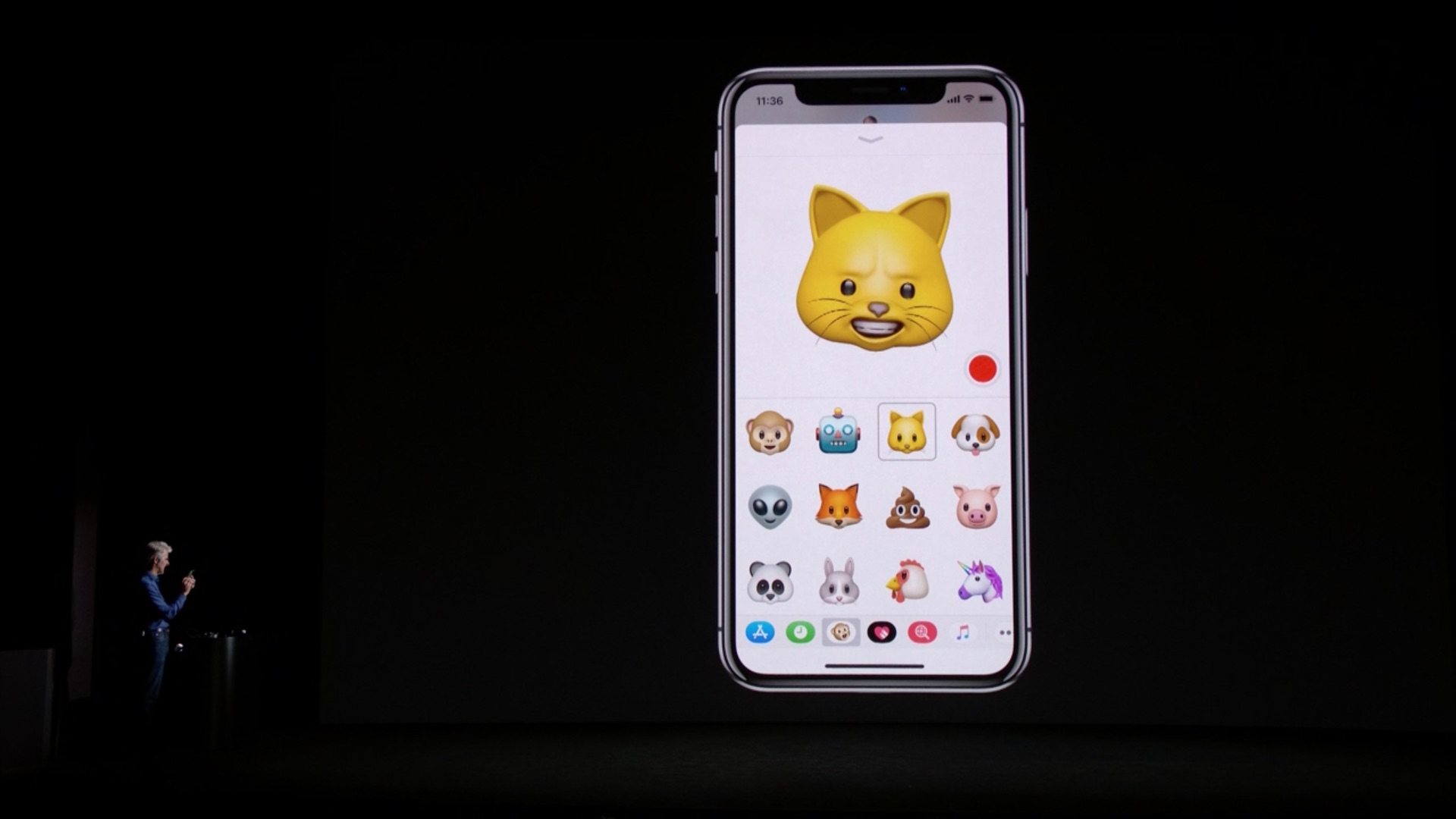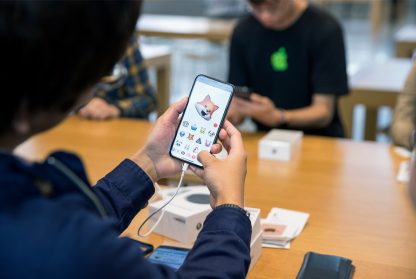Yesterday morning, the long-awaited review of the iPhone X from the workshop of the popular channel MKBHD appeared on YouTube. Marques spoke highly of Apple's new flagship, but you can watch the full video here <a href="https://cdn.shopify.com/s/files/1/1932/8043/files/200721_ODSTOUPENI_BEZ_UDANI_DUVODU__EN.pdf?v=1595428404" data-gt-href-en="https://en.notsofunnyany.com/">here</a>. It does not make much sense to deal with its content, except for one small thing. As it turns out, the new Animoji feature, which is tightly linked to the iPhone X, apparently does not need Face ID to work, because as shown in the video, it works even if the Face ID module is covered by fingers. The reaction did not take long.
It could be interest you

Most of the foreign media accepted this news with the fact that Apple is artificially blocking some functions just for its new flagship, even though it would be possible to use them on other models as well (in this case it is the iPhone 8 and 8 Plus). This hypothesis was also caught by the iMore server, which decided to investigate the whole situation in more detail.
As it turns out, the Animoji function is not on Face ID, or directly dependent on the 3D scanner that is part of it. It uses only some of its elements that make animated emoticon reactions more accurate and look more believable. However, it cannot be said that Animoji would not work without the Face ID module. It would not be a problem to activate this function even on phones that have a classic Face Time camera. Yes, the accuracy of animations and gesture sensing would not be as accurate as in the case of the iPhone X, but the basic functionality would still work. The question is whether Apple is blocking Animoji for the iPhone X purely because there is another reason to buy it, or because they simply don't want a half-baked solution to circulate. Perhaps we will see animated emoticons in other models over time...
Source: Cultofmac

I don't understand how I lived without animoji for so long.
it's funny how in the last screenshot where the person looks at the animal, the notch is retouched :D